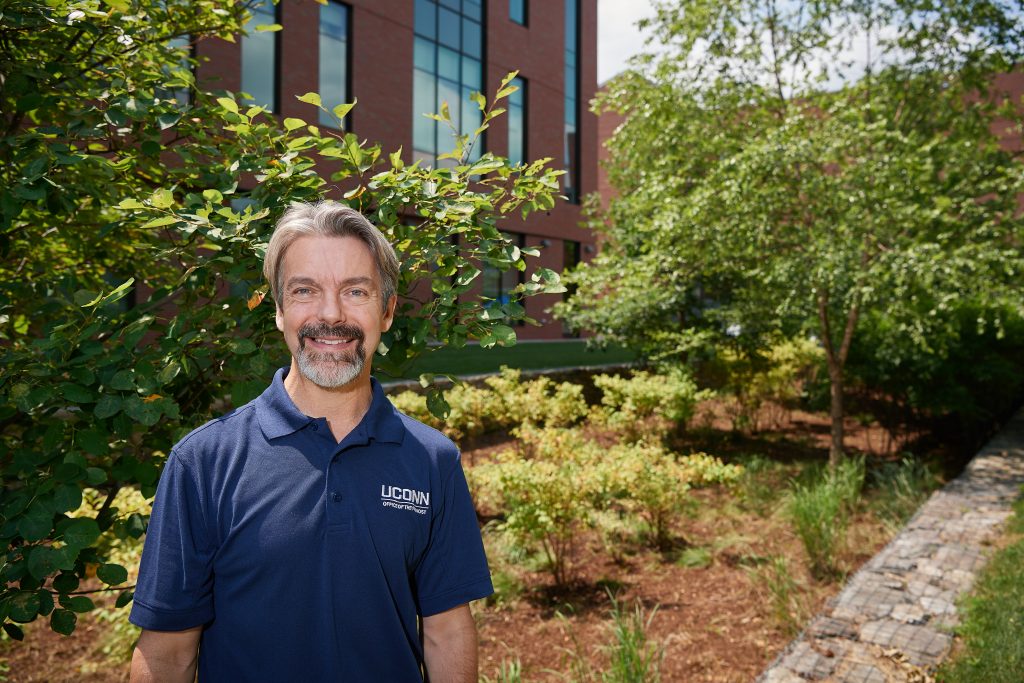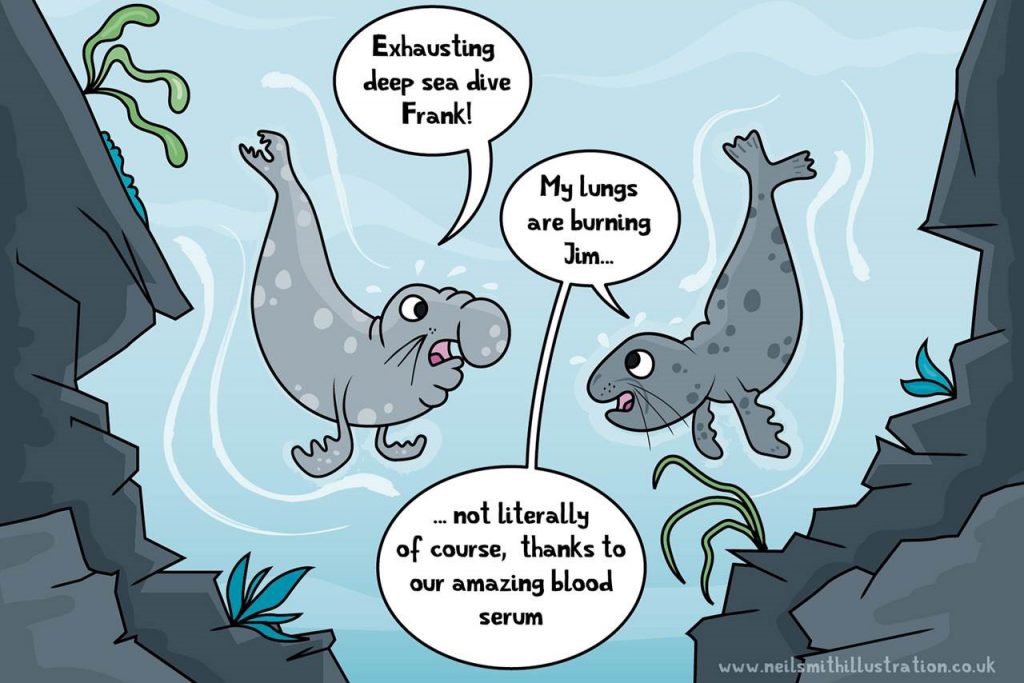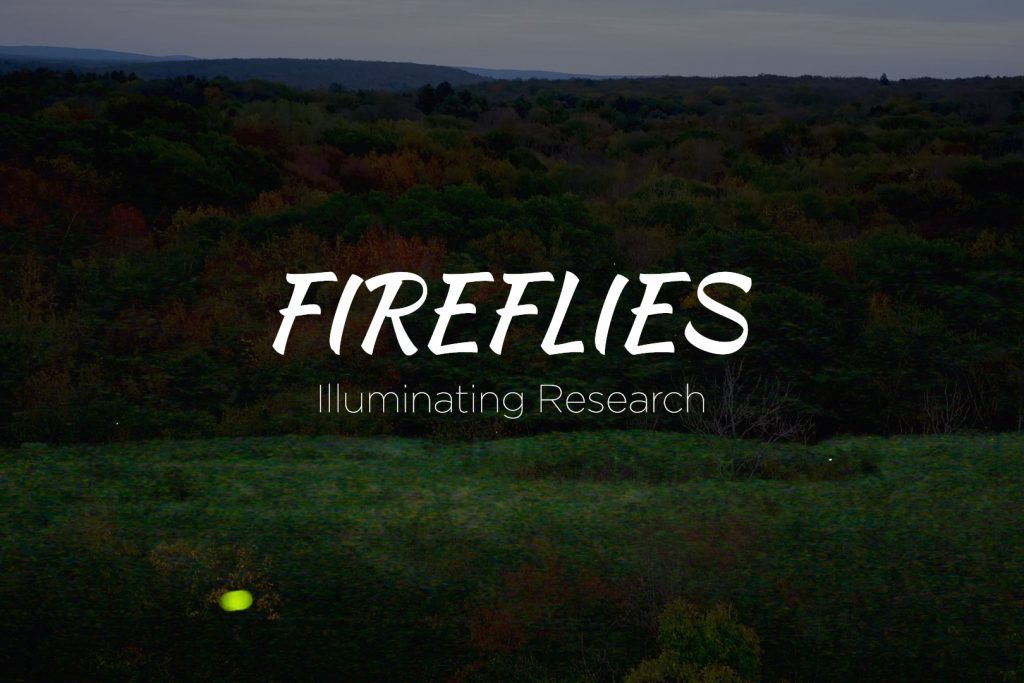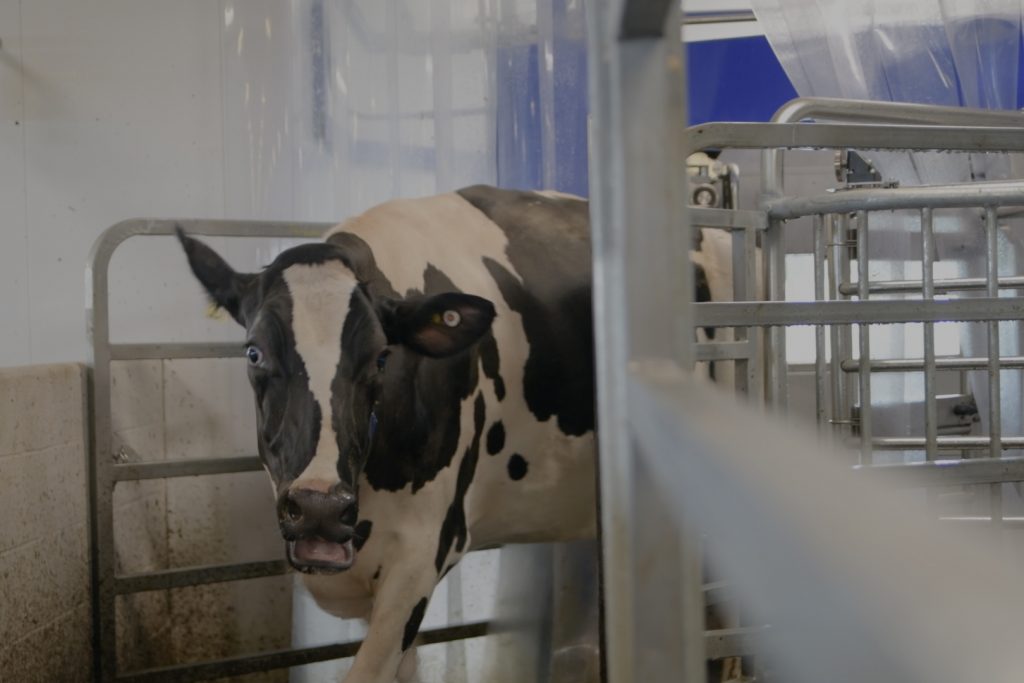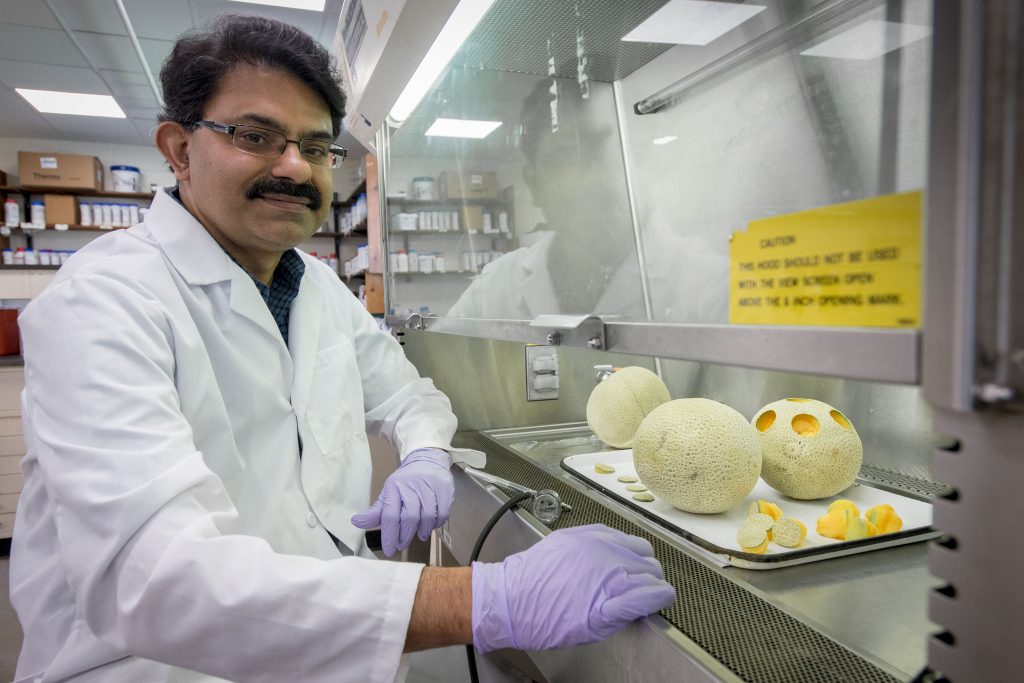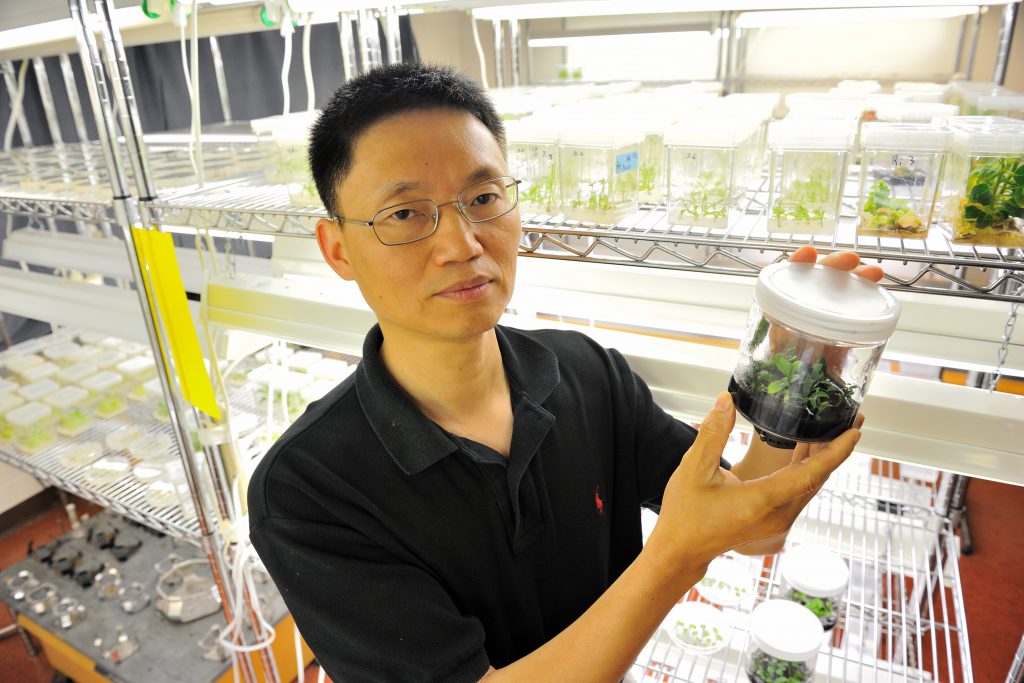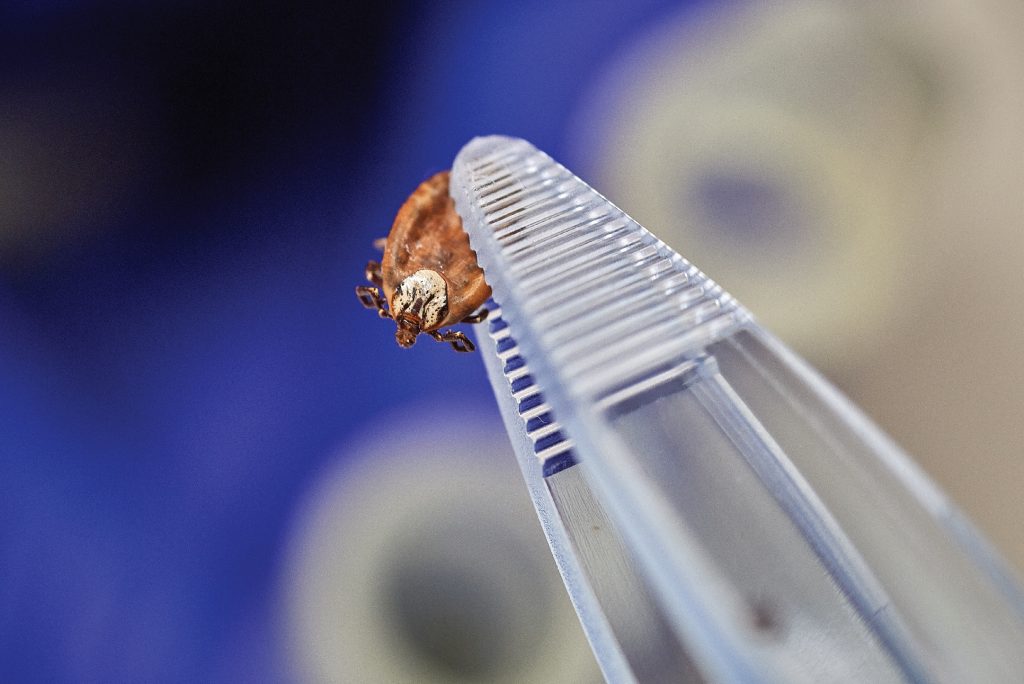
Elaina Hancock
Author Archive
Camera Traps, Citizen Science, Help Track State’s Animal Populations
In order to conserve the species that are here, we have to know more about what we have. UConn researchers are collecting data on animals and birds in the state.
July 25, 2018 | Elaina Hancock
From Cradle to Grave: Model Identifies Factors that Shaped Evolution
The study, published today in Science, brings us closer to knowing the complex interactions between topography and climate change, and how these factors influence the evolutionary histories.
July 19, 2018 | Elaina Hancock
Working Toward Sustainable Solutions
Introducing a new series about UConn environmental research, vice provost John Volin says the political focus on climate change often overshadows important issues of environment and sustainability.
July 12, 2018 | John Volin, vice provost for academic affairs
Seal Serum Offers Protection from Inflammation
A new study explains why seals don't experience damage to their lungs when they take a deep-sea dive.
July 9, 2018 | Kathryn Knight, Journal of Experimental Biology
Fireflies: Illuminating Research
UConn neurobiologist Andrew Moiseff is delving into the life cycle of the firefly outside of the three to six weeks when the adults light up summer evenings.
July 2, 2018 | Elaina Hancock & Angelina Reyes
UConn Relies on Robots at Milking Time
New technology milks UConn's cows on demand around the clock, generating research data and another outcome. They are generally quiet and spend a lot of the time lying down relaxing.
June 26, 2018 | Elaina Hancock, and Elizabeth Caron
Probiotics Effective in Keeping Cantaloupes Safe to Eat
The bumpy, net-like cantaloupe rind provides hiding places for bacteria. Chlorine does not entirely kill it. Probiotics may do the job, according to new UConn research.
June 21, 2018 | Elaina Hancock
UConn Researcher Weighs in on USDA and GMOs
Plant science researcher Yi Li weighs in on USDA's recent statement on GMOs, and describes a new technique his team developed that uses gene-editing technology without introducing foreign genes, so the end-product is considered non-GMO.
June 19, 2018 | Elaina Hancock
Why You Should Never Flush a Tick
Taking it to be tested at UConn instead could reap some pretty significant rewards.
June 11, 2018 | Elaina Hancock
A New Approach to Social Resilience – Through Landscape Architecture
A project led by graduate student Tao Wu aims to integrate refugees into the local community, while developing resources they can use.
May 10, 2018 | Elaina Hancock


